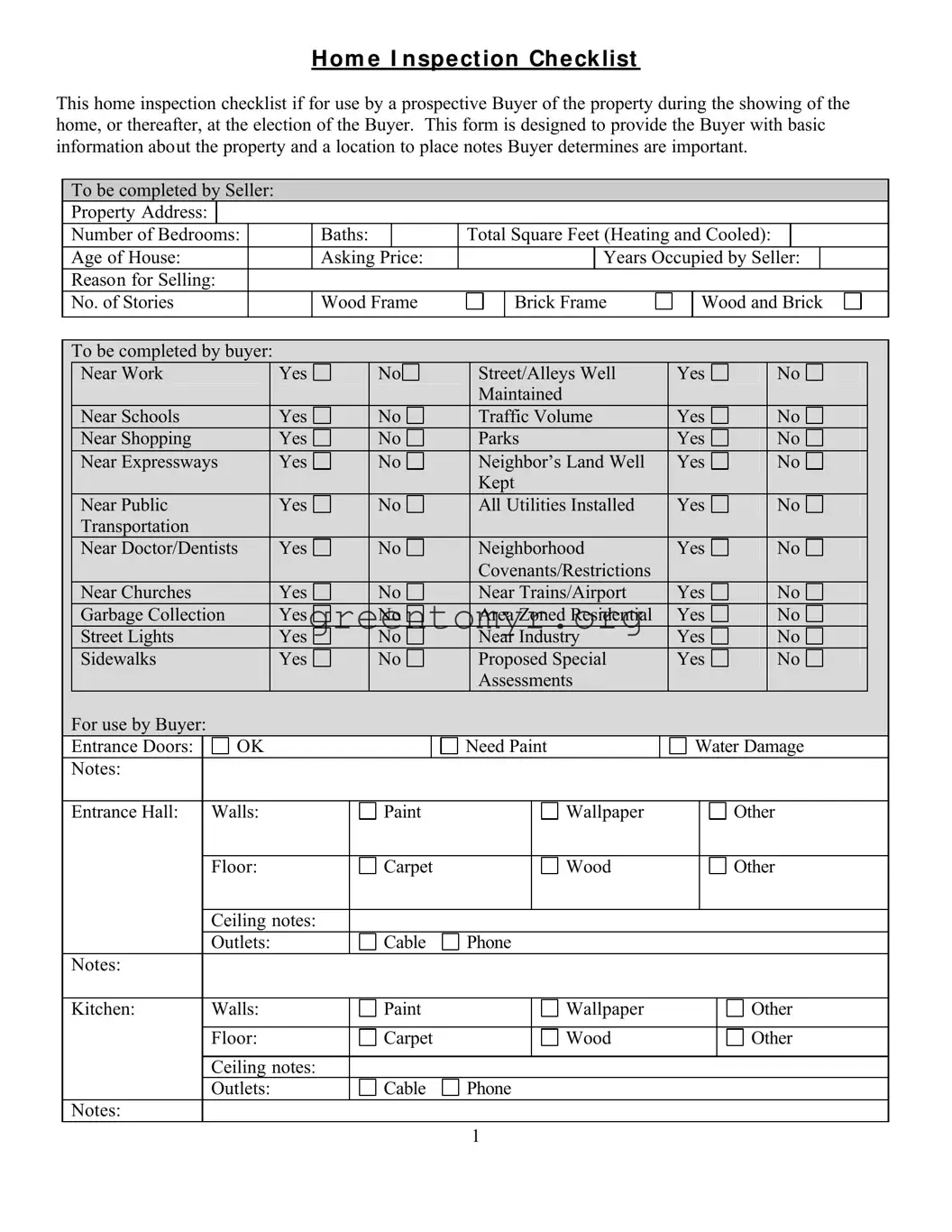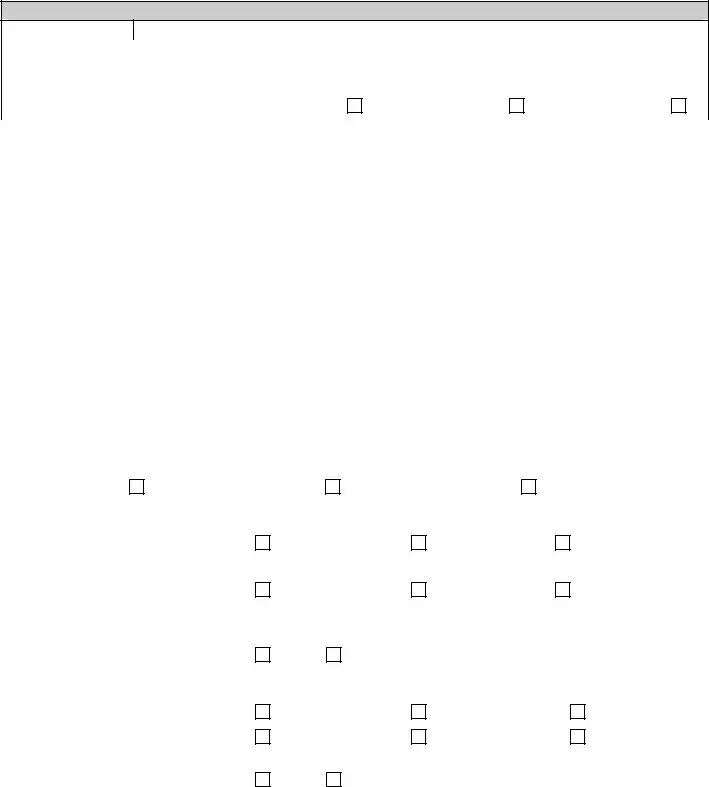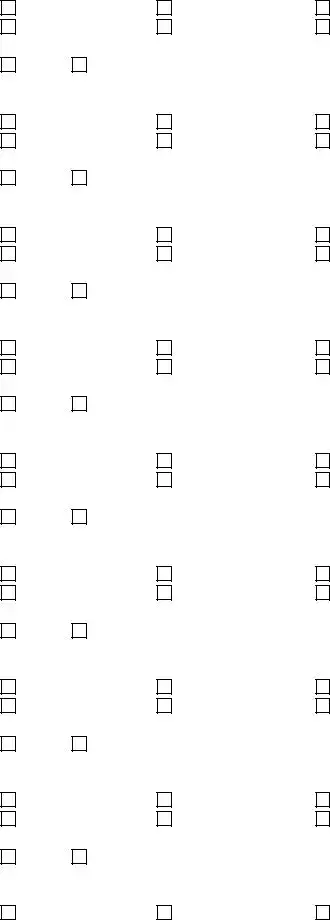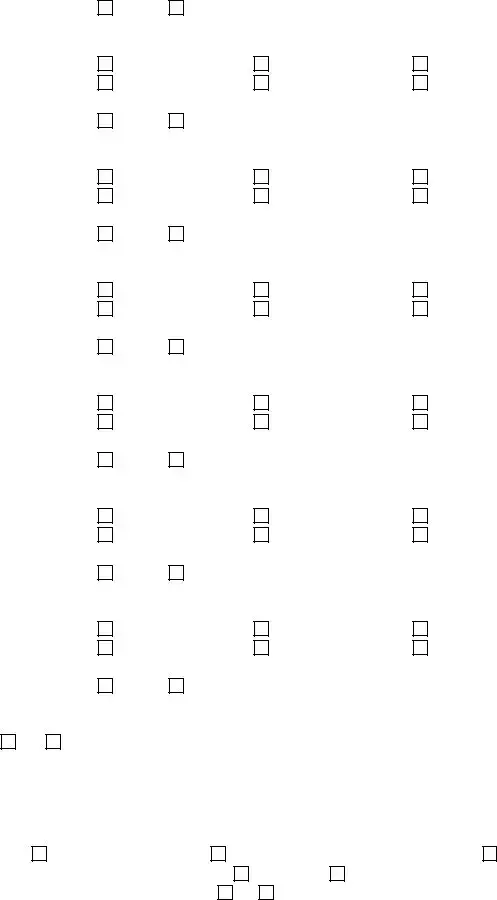When embarking on the journey to purchase a home, it is essential to equip oneself with the right tools and resources, and the Buyer Home Checklist form stands as a vital asset in this process. This form serves as a structured guide for prospective buyers, detailing important aspects of the property they are considering. From fundamental information such as the property's address and number of bedrooms to specifications about its age and structure, this form enables buyers to capture crucial details in an organized manner. Moreover, it allows space for their observations, reinforcing their engagement in the home inspection process. As buyers navigate various components of the property—like the kitchen, living rooms, and bedrooms—they can evaluate different elements, including walls, flooring, and outlets. By marking areas that might need attention or noting personal preferences, they empower themselves to make informed decisions. Additionally, the checklist addresses external factors, such as proximity to schools, shopping, and transportation, creating a comprehensive overview that considers both the home itself and its surrounding environment. Overall, the Buyer Home Checklist form not only streamlines the inspection experience but also fosters confidence in prospective homeowners as they make one of the most significant decisions of their lives.




